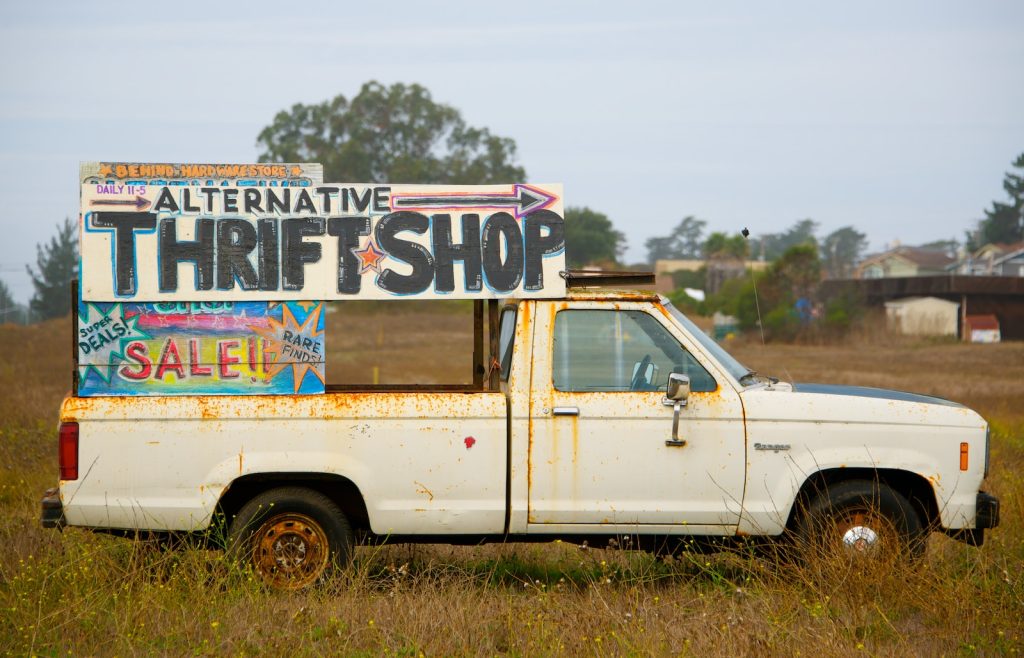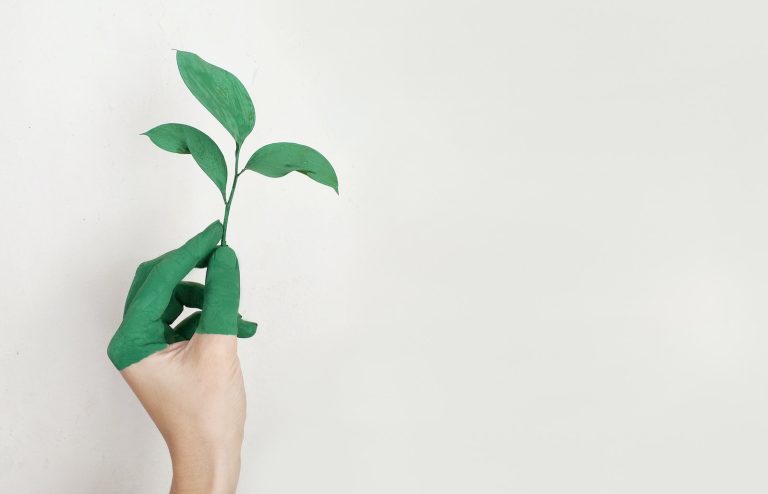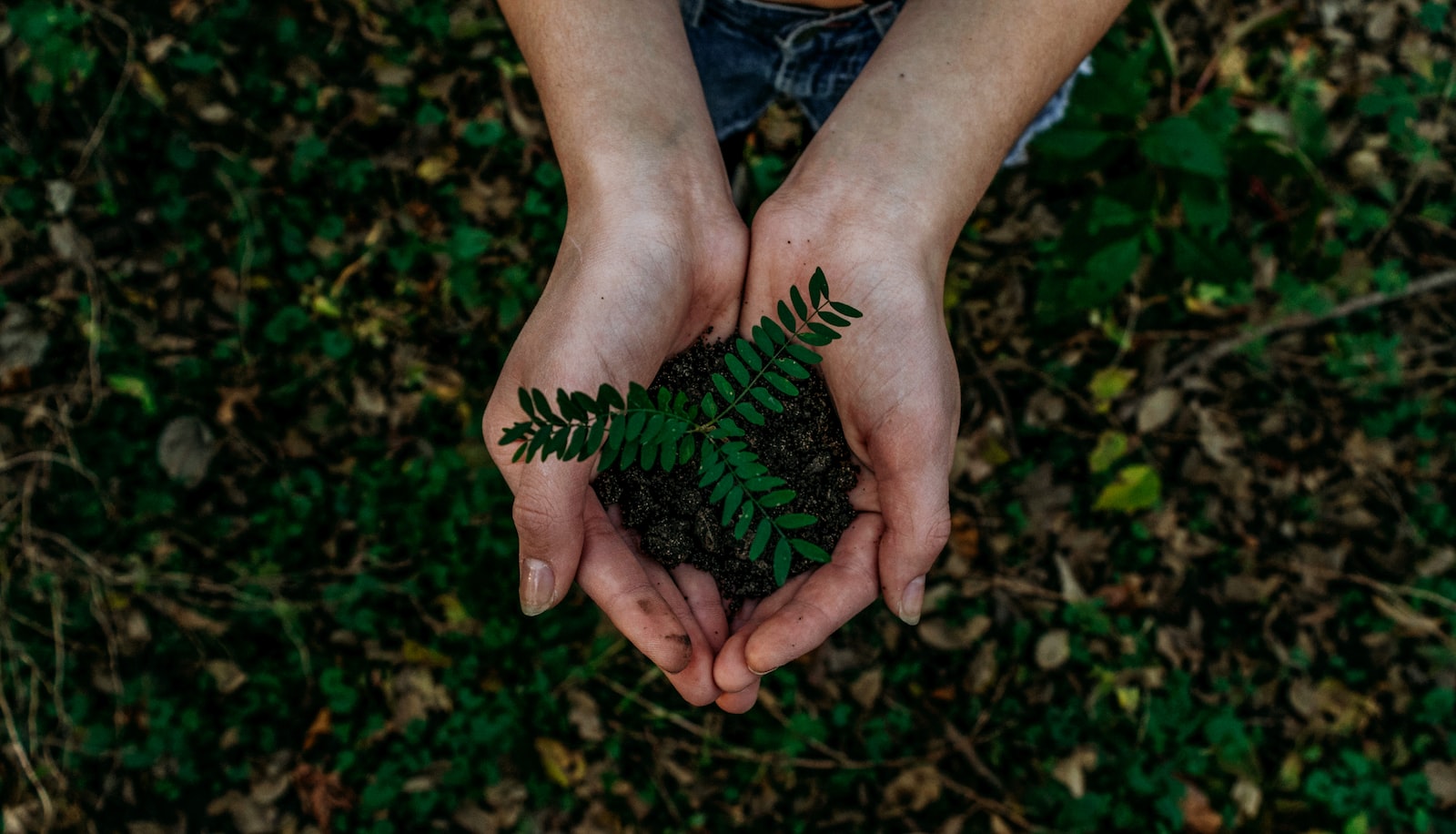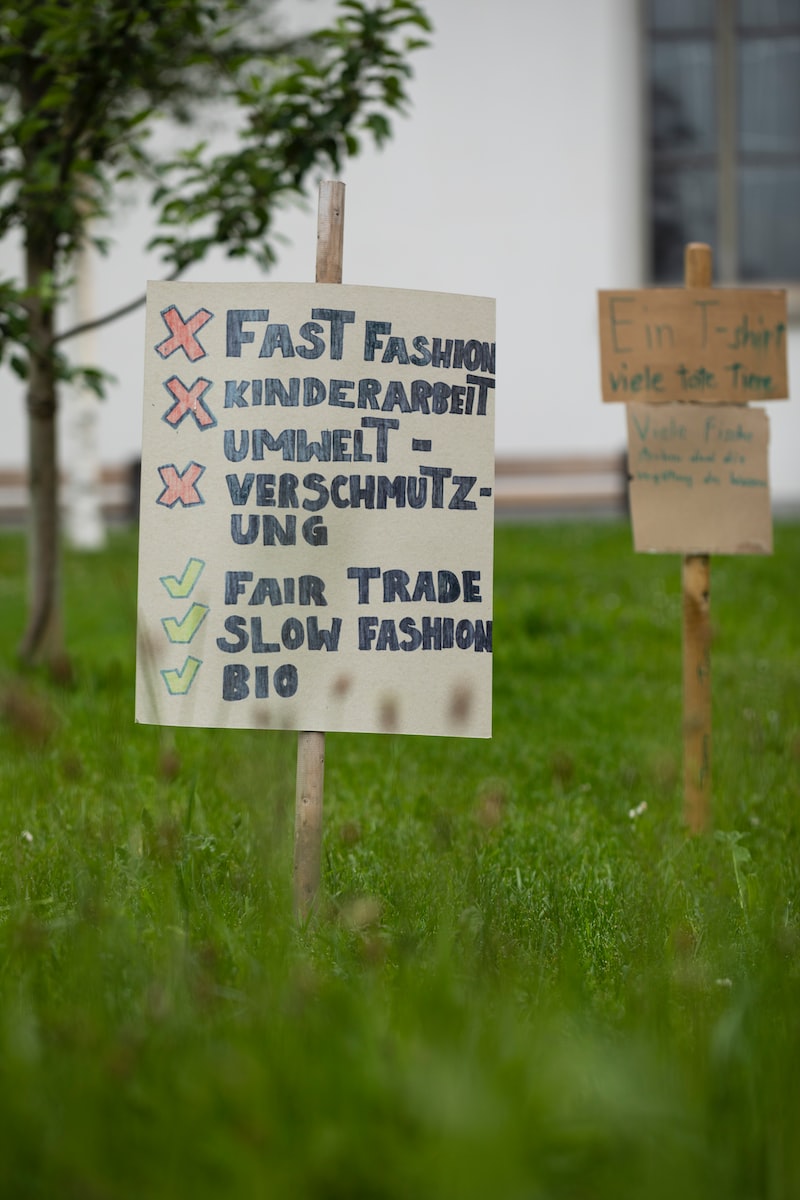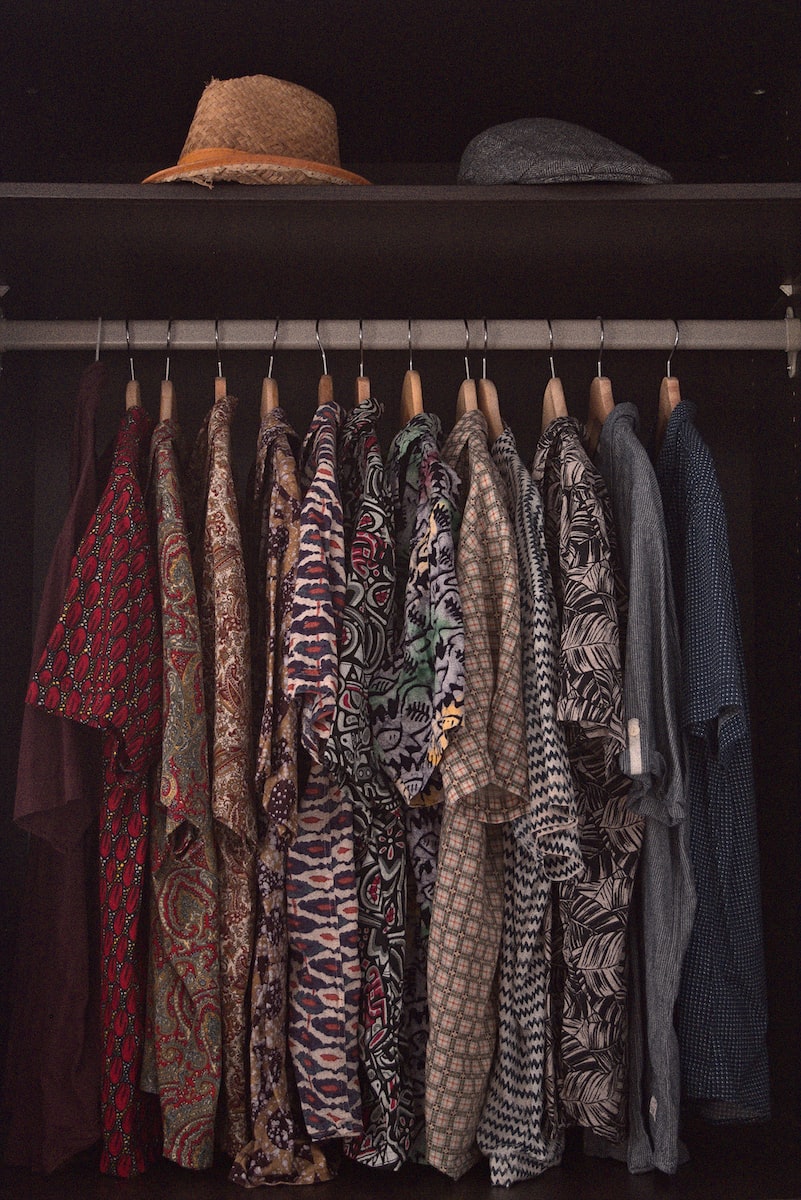In today’s consumer-driven society, every purchase we make has a significant impact on our planet. The more we consume and the more resources we use, the more waste we generate. But what if we could mitigate our impact and contribute to saving the planet through a simple action like buying second-hand instead of new? In this article, we’ll delve into the question, “How does second-hand shopping help the environment?” and explore the benefits of buying used items.
Reduce, Reuse, Recycle: The Core Values of Sustainable Living
The mantra “Reduce, Reuse, Recycle” is the bedrock of sustainable living. While it’s crucial to reduce our consumption, we all need things from time to time. When that happens, reusing what already exists in the world becomes paramount. This is where second-hand shopping shines. It’s an excellent way to lessen the impact of our consumption by reusing items that have already been produced, thereby diverting them from landfills.

The Environmental Benefits of Second-hand Shopping
Buying second-hand is becoming increasingly popular, and today, we can buy almost anything pre-owned. From books and furniture to kitchen appliances and electronics, the options are endless. Moreover, with online platforms like Faircado, second-hand shopping has become as convenient as shopping on Amazon. But how exactly does second-hand shopping help the environment? Let’s delve into five key points.
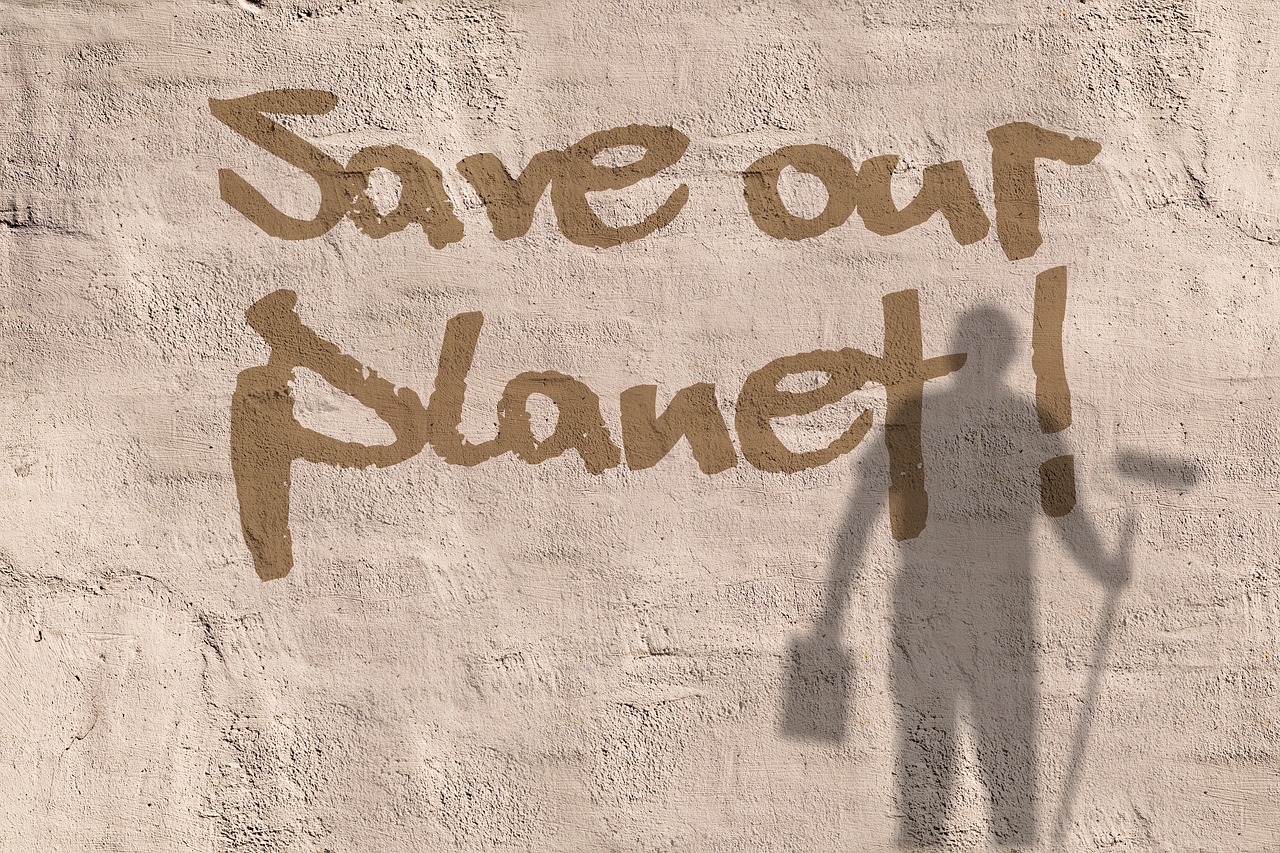
1. Second-hand Shopping Helps Reduce Waste
The most evident environmental benefit of second-hand shopping is waste reduction. By purchasing used items, we’re keeping them out of landfills and giving them a new lease of life. With only 15% of consumer textiles being recycled and the remaining 85% ending up in landfills or incinerated, buying second-hand can significantly reduce waste and contribute to a cleaner planet.
2. Buying Used Instead of New Reduces Pollution
Every new item produced impacts the environment and contributes to pollution at every stage of production, from the extraction of raw materials to manufacturing and transportation. By opting for second-hand items, we can reduce pollution and contribute to a healthier planet.
3. Second-hand Shopping Saves Natural Resources
Buying used items decreases the demand for new ones, thereby conserving natural resources. Many of these resources, like oil used in plastic production, aren’t renewable. By choosing second-hand, we’re preserving these resources and discouraging unethical or unsustainable practices.
4. Buying Used Decreases Our Water Footprint
The production of new items requires vast quantities of water. For instance, producing a single cotton t-shirt involves about 712 gallons of water. By choosing to buy second-hand, we’re indirectly saving a significant amount of water, one of the world’s most precious resources.
5. Second-hand Shopping Saves Energy
Producing anything requires energy, often derived from non-renewable sources. By choosing second-hand items, we’re reducing our reliance on non-renewable energy. Additionally, considering the fuel used to ship new items globally, opting for second-hand items saves a considerable amount of energy.
Practical Tips for Second-hand Shopping
Second-hand shopping is not only an excellent way to reduce our environmental impact, but it also allows us to save a considerable amount of money. Nowadays, we can buy almost anything second-hand, but where do we find these items? There are many options where you can buy great things pre-owned.
Firstly, check if there is a second-hand store or thrift shop in your area. If you can’t find what you’re looking for there, the Internet is always an amazing resource! There are many local buy-and-sell Facebook groups, and many websites like Craigslist, eBay, or Poshmark.
However, for things like underwear or socks, you won’t want to buy them used. And sometimes, you won’t find the exact thing you want second-hand and that’s okay. The key is to check first if we can find what we’re looking for used.
Furthermore, try being intentional when purchasing anything to avoid impulse buying. Buy only what you truly see yourself using and loving and don’t forget to take care of the things you already own to make them last longer.
Conclusion and Final Thoughts
All things considered, second-hand is more than just a passing trend; it’s a dynamic movement that empowers us to reduce waste, lower our carbon footprint, and preserve precious natural resources. And the best part? It’s not limited to clothes alone. We have the opportunity to embrace pre-owned treasures in every aspect of our lives.
By choosing second-hand over new, we become catalysts for change. Imagine the impact we can create if the majority of us opt for second-hand treasures, breathing new life into discarded items and diverting them from overflowing landfills. Together, we can be the driving force that propels us toward a planet-saving revolution.
So, the next time you’re on the verge of a purchase, pause and ask yourself, “How does second-hand shopping help the environment?” Embrace the exhilarating choice of second-hand and witness the magic unfold. By making this conscious decision, you’re not only benefiting yourself and your wallet but also nurturing the very Earth we call home.
Remember, each small action contributes to the larger symphony of protecting our planet. Let’s amplify the vibrant vision of second-hand shopping and make it our first choice, weaving a tapestry of sustainable living that future generations will thrive upon. Together, we hold the power to create a world where our choices matter and our impact is truly transformative.
For more tips and tricks on how to live a more sustainable life, check out our magazine.
